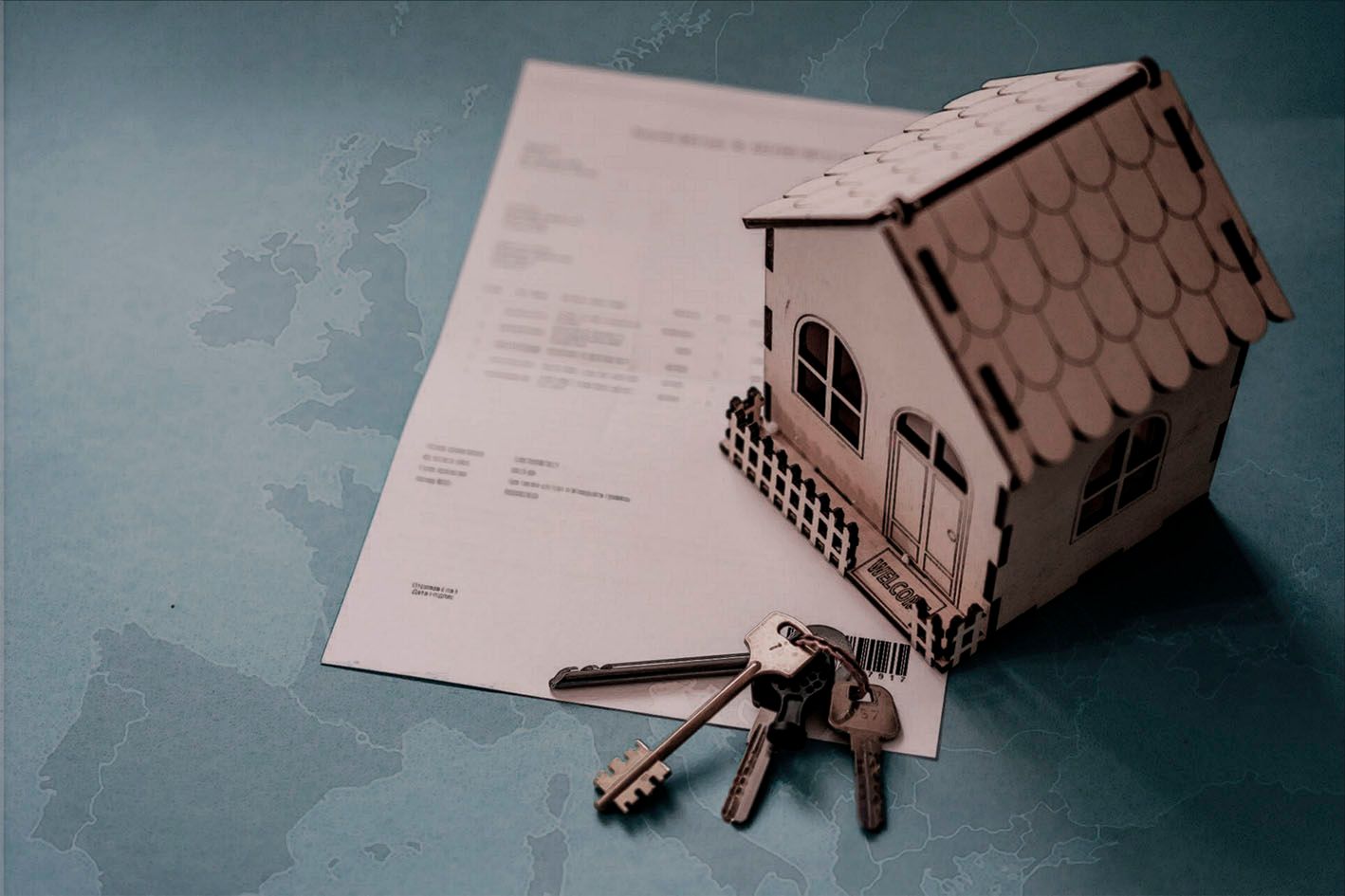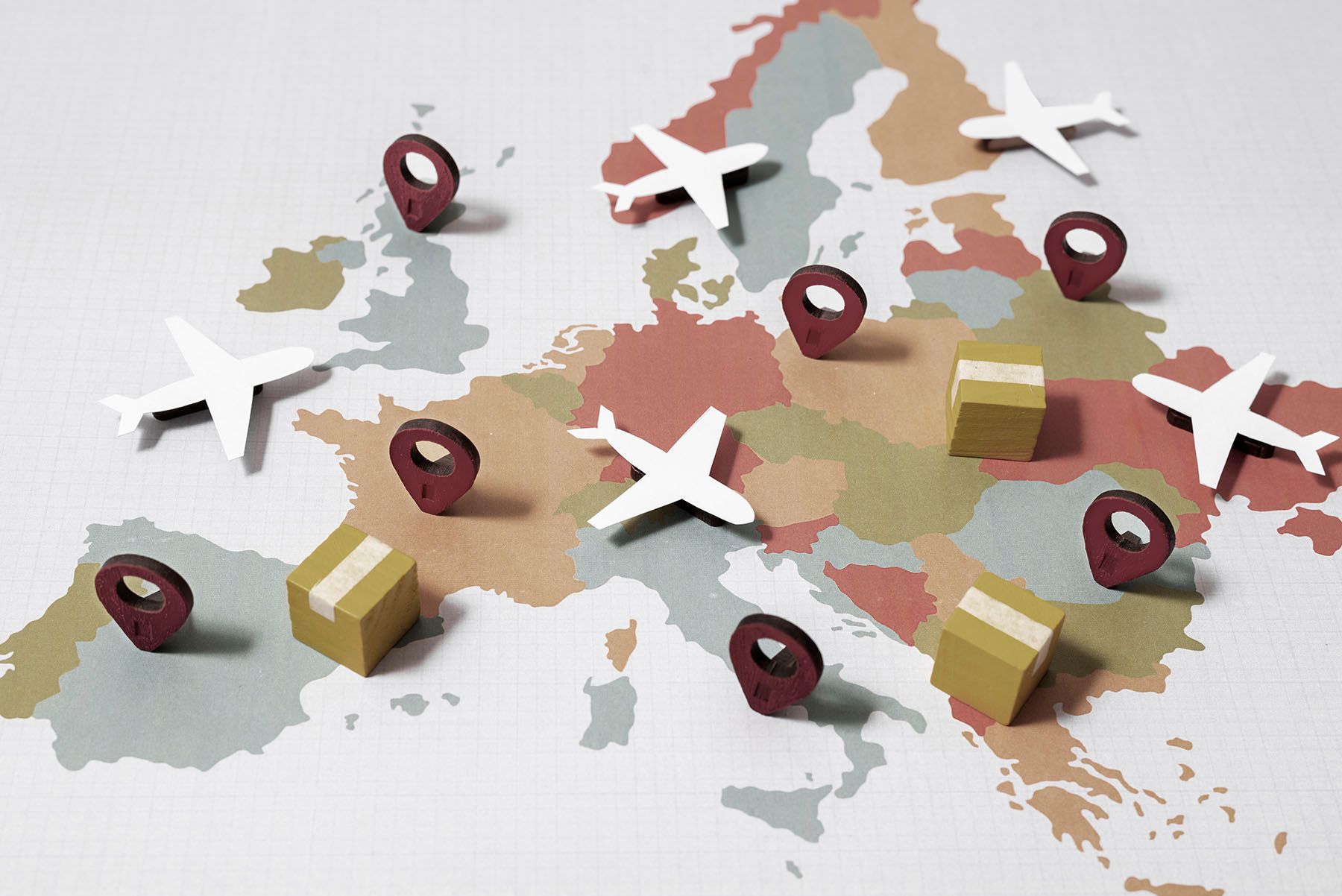Andorra’s educational models: a unique system of trilingual coexistence
Andorra offers a unique educational system in Europe: three public models —Andorran, French and Spanish— coexisting in harmony within a trilingual and international environment.

🕒 Reading time: 7 minutes
💡 Introduction
Few countries in the world have three fully recognised and operational public education systems.
Andorra, a small mountain state and co-principality since the 13th century —established by the Paréages of 1278 and consolidated by the 1993 Constitution—, has turned linguistic and cultural diversity into one of its national pillars.
The Principality hosts three public education systems (Andorran, French and Spanish) and several private international schools —a unique framework reflecting its history of cooperation between states and its commitment to a trilingual, globally oriented model.
🏫 1. Origin and coexistence of the three systems
The formal coexistence of the three education systems is enshrined in the Qualified Education Act of 3 September 1993, passed shortly after the Andorran Constitution.
This law guarantees the right to study in any of the three systems —Andorran, Spanish or French— under the coordination of the Andorran Government and with the direct cooperation of Spain and France.
Each system is managed and funded by its country of origin:
- The French system is overseen by the Ministère de l’Éducation Nationale de France.
- The Spanish system by the Ministry of Education and Vocational Training of Spain.
- The Andorran system, created in 1972 and consolidated in 1982, is fully national and managed by the Government of Andorra.
This institutional design makes Andorra an international educational laboratory, where three administrations share a single territory in harmony.
➤ To better understand how Andorra’s institutional model has evolved over the centuries, read International evolution of Andorra: from tradition to a global world.
📊 2. Current distribution of students
According to official data from the Department of Education and public sources, more than 11,000 students are enrolled in non-university education across the Principality.
The distribution among the systems is broadly balanced:
- Andorran system: roughly 41 % of students.
- French system: about 30 %.
- Spanish system: around 27 %.
- Private international schools (Agora International & British College) less than 2 %, though steadily increasing.
This balance reflects a model open to linguistic and cultural diversity, offering families real freedom of choice while maintaining national cohesion.
🗣️ 3. Languages in each system: priorities and structure
📘 Andorran system
Catalan is the main language of instruction, as established by the Official Language Act (LQ 7/1999, revised 2016).
From preschool onwards, French, Spanish and English are introduced progressively, promoting a balanced trilingual model.
The Decree of 24 February 2016 regulates official Catalan language diplomas, setting minimum proficiency levels for all students nationwide.
📗 French system
French is the main language of instruction, but Catalan is mandatory and Spanish is taught as a foreign language.
Schools follow the Ministère de l’Éducation Nationale curriculum, and students can obtain the Diplôme National du Brevet and the Baccalauréat, granting direct access to French universities under mutual recognition agreements.
📕 Spanish system
Spanish is the primary language of instruction, with Catalan and French as compulsory subjects from primary education onwards.
Regulated by the Ministry of Education and Vocational Training and coordinated with the Andorran Government, it awards official ESO and Bachillerato diplomas, recognised for admission to Spanish and European universities.
Together, the three systems ensure a high level of linguistic competence in Catalan, Spanish and French, complemented by English as an increasingly global working language.
🎓 4. International recognition and university access
The French system provides automatic access to universities in France and other European countries through the Parcoursup platform.
The Spanish system benefits from a bilateral agreement between Spain and Andorra (BOE No. 248/2010) guaranteeing degree recognition and admission to Spanish universities.
The Andorran system maintains mutual recognition agreements with France and Spain for secondary and baccalaureate levels, facilitating access to international universities and to the University of Andorra, founded in 1997.
🌍 5. Private international schools: a complementary offer
In addition to the three public systems, Andorra hosts two private international schools authorised by the Government, independent from the public structures:
- British College of Andorra (founded 2018) — follows the British National Curriculum and prepares students for IGCSE and A-Levels, recognised by universities worldwide.
- Agora Andorra International School — combines the Spanish curriculum with the International Baccalaureate (IB) programme, recognised across the globe.
These institutions represent less than 2 % of total students but are highly valued among expatriate families and international professionals seeking continuity with English-speaking or mixed education systems.
Unlike public schools, they receive no funding from Spain, France or Andorra and operate under private administrative authorisation in accordance with the 1993 Qualified Education Act.
🧭 6. A model of educational coexistence
The Andorran educational framework is much more than a sum of systems: it is a cooperative structure shared by three nations and a diverse society.
Each system maintains its autonomy while pursuing a shared goal — to ensure social cohesion and promote Catalan as the language of integration.
Students grow up in a naturally trilingual environment, prepared to integrate into any European university system.
It is a model that combines identity and openness, rootedness and projection.
➤ If you are interested in Andorra’s educational models and how they relate to the country’s quality of life and social policy, we recommend reading Living and working in Andorra: what you need to know before moving and also Taxation in Andorra: structure, tax rates and real advantages, to understand how the economic and educational frameworks complement each other in the country’s long-term vision.
🎯 Conclusion
Andorra stands as a pedagogical exception in Europe: three public education systems coexisting harmoniously, complemented by high-level private schools.
This structure —a legacy of its historic co-principality status and reinforced by its own education law— reflects a political and cultural commitment to diversity, cooperation and quality.
In an increasingly fragmented world, Andorra proves that pluralism can be a State policy, and that education can serve as a bridge between cultures.
If you would like more information or wish to discuss your case personally, you can book a meeting below or fill out the contact form.
📚 Related articles
- Types of residence in Andorra: active, passive and fiscal (2025) — Outlines the requirements and benefits of each residency type.
- Education and future in Andorra: opportunities and shared values — How education enhances the Principality’s long-term appeal.
Last revision date: October 2025



